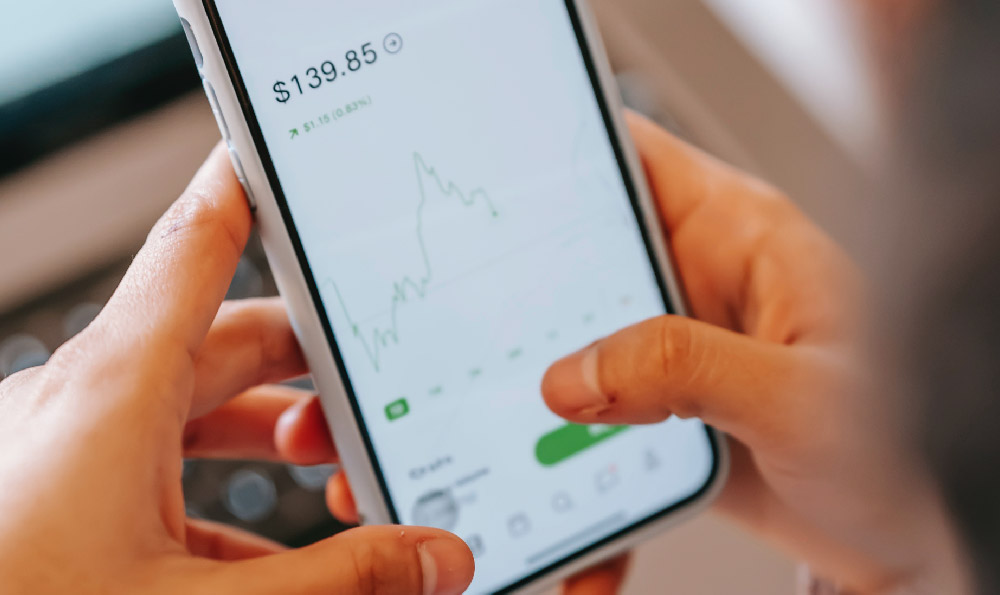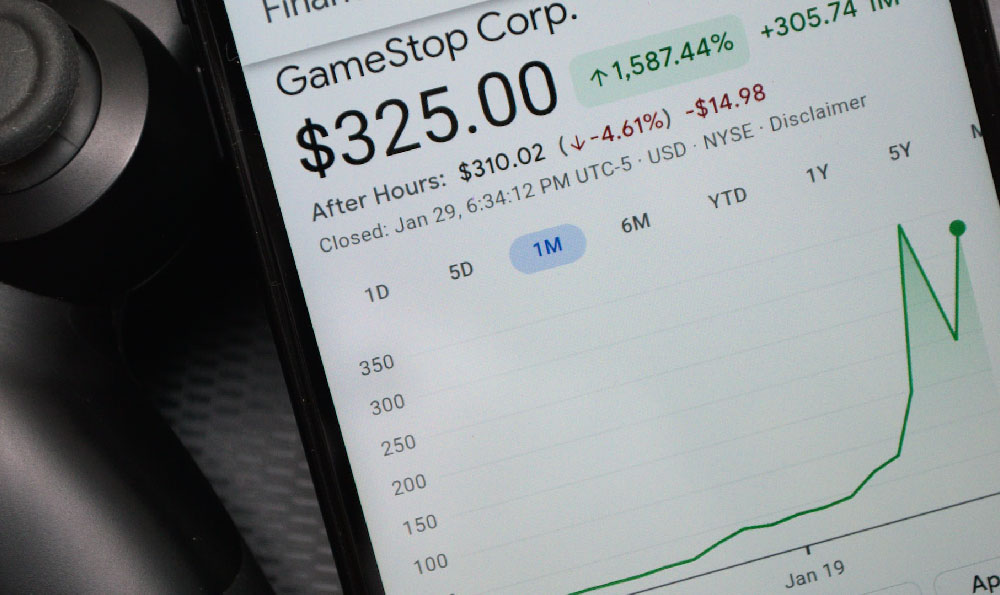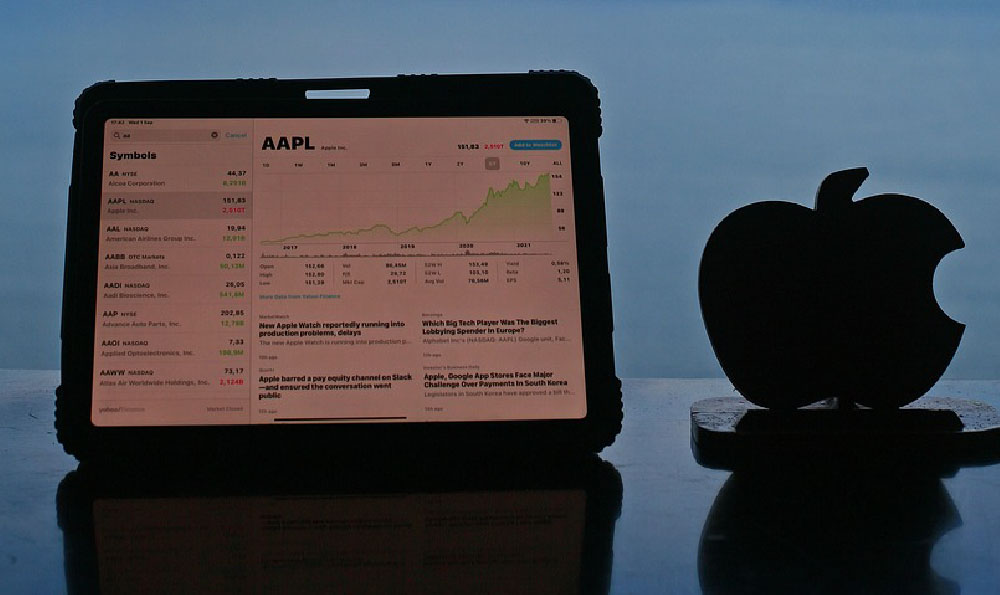How to make money using Twitter: Is it possible? Is it profitable?

The allure of turning social media engagement into tangible profit, particularly within the volatile realm of cryptocurrency, is understandably strong. The idea of leveraging Twitter, a platform renowned for its real-time information flow and fervent community, to generate income through crypto investments is not only possible but, under the right circumstances and with a calculated approach, potentially quite profitable. However, the path to crypto-fueled financial gains on Twitter is paved with both immense opportunity and significant risk, demanding a discerning eye, a robust strategy, and an unwavering commitment to due diligence.
One of the most effective ways to potentially profit using Twitter involves staying rigorously informed about market trends and sentiment. The cryptocurrency market is notoriously sensitive to news, rumors, and even subtle shifts in public perception. Twitter, with its ability to disseminate information with unprecedented speed, acts as a critical early warning system. By carefully curating your feed to include reputable analysts, experienced traders, established crypto projects, and even dissenting voices, you can gain a comprehensive understanding of market dynamics. The key is not simply to consume information, but to critically analyze it, separating noise from genuine signals. Look for patterns in the tweets, identify emerging narratives, and cross-reference information from multiple sources to form your own informed conclusions.
Another lucrative avenue lies in identifying promising early-stage projects. Twitter is often the first platform where new crypto ventures announce their existence, share their whitepapers, and build their initial communities. By actively participating in these early discussions, conducting thorough research into the project's team, technology, and potential market, you might discover hidden gems before they gain widespread attention and experience substantial price appreciation. However, this approach also carries a high degree of risk. Many early-stage projects fail to deliver on their promises, and some are outright scams. Therefore, it is crucial to approach these opportunities with extreme caution, investing only what you can afford to lose and diversifying your holdings across multiple projects.

Furthermore, Twitter facilitates the development of profitable trading strategies. Many experienced traders share their technical analysis, trading signals, and insights on Twitter. While blindly following these signals is never advisable, observing how successful traders analyze market trends, identify entry and exit points, and manage risk can provide valuable lessons. Consider tracking the performance of different trading strategies and adapting them to your own risk tolerance and investment goals. Remember that past performance is not indicative of future results, and any trading strategy should be thoroughly tested and refined before being implemented with real capital.
Beyond individual investment, Twitter can be used to cultivate a personal brand as a crypto expert or influencer. By consistently sharing valuable insights, educational content, and well-reasoned opinions, you can attract a following of like-minded individuals who value your expertise. This influence can then be monetized through various means, such as sponsored posts, affiliate marketing, or the creation of premium content. However, building a credible and trustworthy brand requires time, effort, and a genuine commitment to providing valuable information. Avoid engaging in pump-and-dump schemes or promoting projects that you do not genuinely believe in, as this will ultimately damage your reputation and erode trust.
Despite the potential rewards, it is crucial to acknowledge the inherent risks associated with using Twitter for crypto investment. The platform is rife with scams, misinformation, and malicious actors who seek to exploit unsuspecting investors. One of the most common scams is the pump-and-dump scheme, where fraudsters artificially inflate the price of a low-value cryptocurrency and then quickly sell their holdings, leaving other investors with significant losses. Be wary of projects that promise unrealistic returns or that are promoted by anonymous accounts with suspicious activity.
Another prevalent threat is phishing. Scammers often create fake Twitter accounts that mimic legitimate crypto projects or exchanges and then use these accounts to trick users into revealing their private keys or sending funds to fraudulent addresses. Always verify the authenticity of any Twitter account before engaging with it, and never share your private keys or other sensitive information online. Use strong, unique passwords for all your accounts and enable two-factor authentication whenever possible.
Moreover, the emotional aspect of trading cannot be overlooked. Twitter's fast-paced and often chaotic environment can fuel fear and greed, leading to impulsive decisions. It is crucial to maintain a disciplined approach to investing, sticking to your pre-defined strategy and avoiding the temptation to chase quick profits or panic sell during market downturns. Developing a strong risk management plan, setting realistic goals, and maintaining a long-term perspective are essential for navigating the emotional challenges of crypto investment.
In conclusion, using Twitter to make money from cryptocurrency investments is indeed possible, and potentially profitable, but it requires a disciplined, informed, and cautious approach. Staying informed, identifying promising projects, developing effective trading strategies, and building a personal brand are all viable avenues for generating income. However, it is equally important to be aware of the risks, including scams, misinformation, and emotional trading biases. By prioritizing education, due diligence, and risk management, you can significantly increase your chances of success in the dynamic world of crypto investment on Twitter. Remember that investing in cryptocurrency carries inherent risks, and you should only invest what you can afford to lose.















